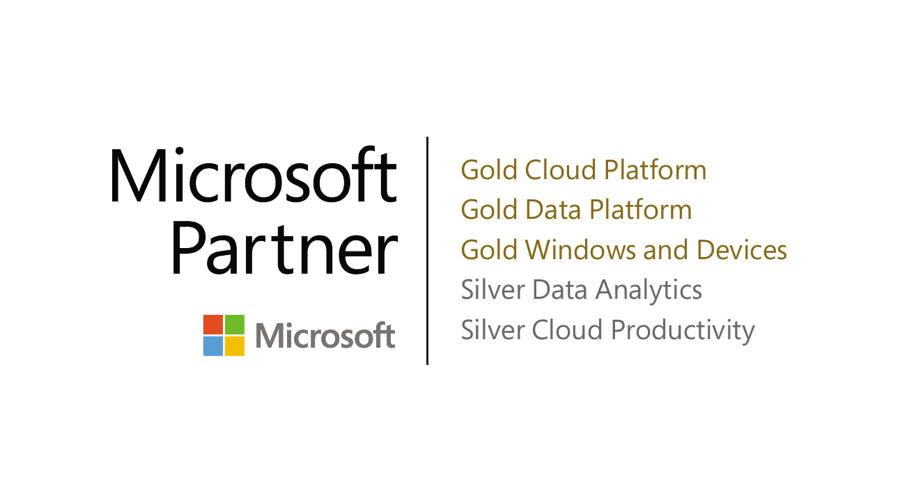In order to utilize Teams phone system in the calling plan, your users do need to have a base M365 license, so any license that has Microsoft Teams. On this chart, you’ll see that with Microsoft 365, Teams and audio conferencing is included in the full M365 suite. So whether that would be M365 business basic, standard, premium, M365 E3, E5. So you’re getting Microsoft Teams, which is the application itself and the audio conferencing, which is a dial in bridge to Teams meetings with that licensing. And in order to unlock the phone capabilities, you would need to add on phone system. So you’ll see here there’s the Cloud PBX and then on the right-hand side it says Teams Phone with Calling Plan. So that is the license itself. Now it’s important that you can purchase Phone System as a stand alone if you do want to use another service provider. So you can utilize Microsoft for the phone system but the service itself through another provider. But many of our clients will just use the Teams Phone with calling plan so that includes the PBX system itself and then the calling plan.
We’ll go to the next slide so we can dive down deeper into the calling plan, and what’s included in this license type. So as I mentioned, Microsoft Teams Phone with Calling Plan is $15.00 per user, per month. The amazing thing about Microsoft is that this price is inclusive of all taxes and fees. We work with clients whose taxes with their previous providers were almost as much as the service itself. It’s all location based of course, but this does include all state, local, federal taxes, E911 fees so it’s priced very, very competitively. The thing to note is the calling plan includes 3000 minutes per user, per month within the US and Canada. Those minutes are pooled across the tenant. So you take the number of users that you have licensed, multiply that by 3000 and the organization shares that bucket of minutes.
I know we also had another question about international calls. There are a couple of options, there are calling plans specific to international calling. You would then need to identify the specific users that would need that type of calling plan. The other option is just putting a card on file and depending on the country that you’re dialing, there is a cent per minute charge. So that would just be based off of consumption. We have some organizations where they don’t make a ton of international calls, but all their users do every once in a while, and so using the card on file works better than paying a higher price per user per month because again, they are only being charged for those calls that they are actually making. However, you would have to do a comparison, based on the country that you’re dialing and the amount of minutes you’re spending on the phone because in most cases, an international calling plan may be beneficial.

Recent Posts
- Thinking About Leaving GoDaddy? Discover How to Gain Full Control of Your Microsoft Tenant and Boost Security
- 5 Advanced Security Features of Azure Virtual Desktop for Enterprise Protection
- Top 10 Questions IT Leaders Ask About Azure Virtual Desktop (AVD)
- How Azure Virtual Desktop Simplifies Remote and Hybrid Work for IT Leaders
- Azure Virtual Desktop vs. Windows 365: Which Cloud Desktop Solution is Right for Your Business?
